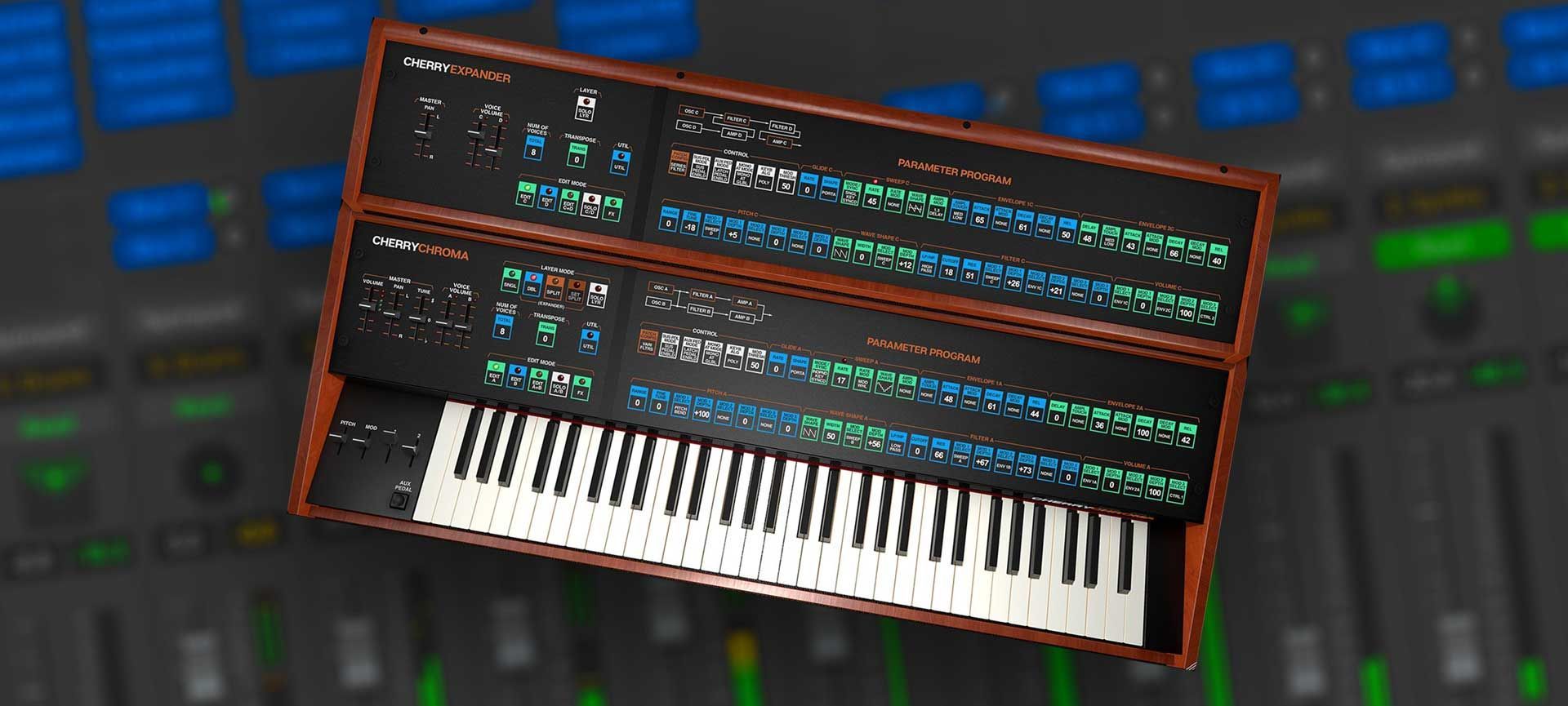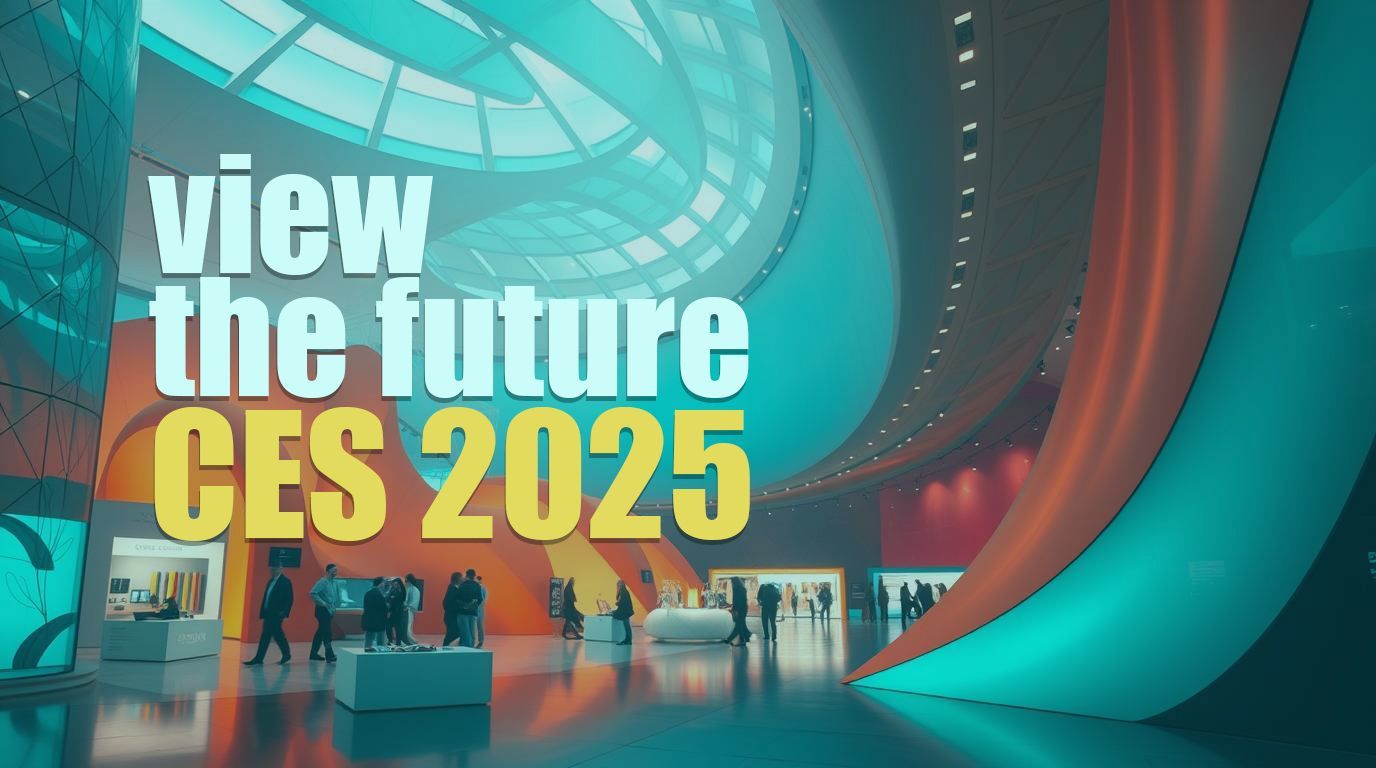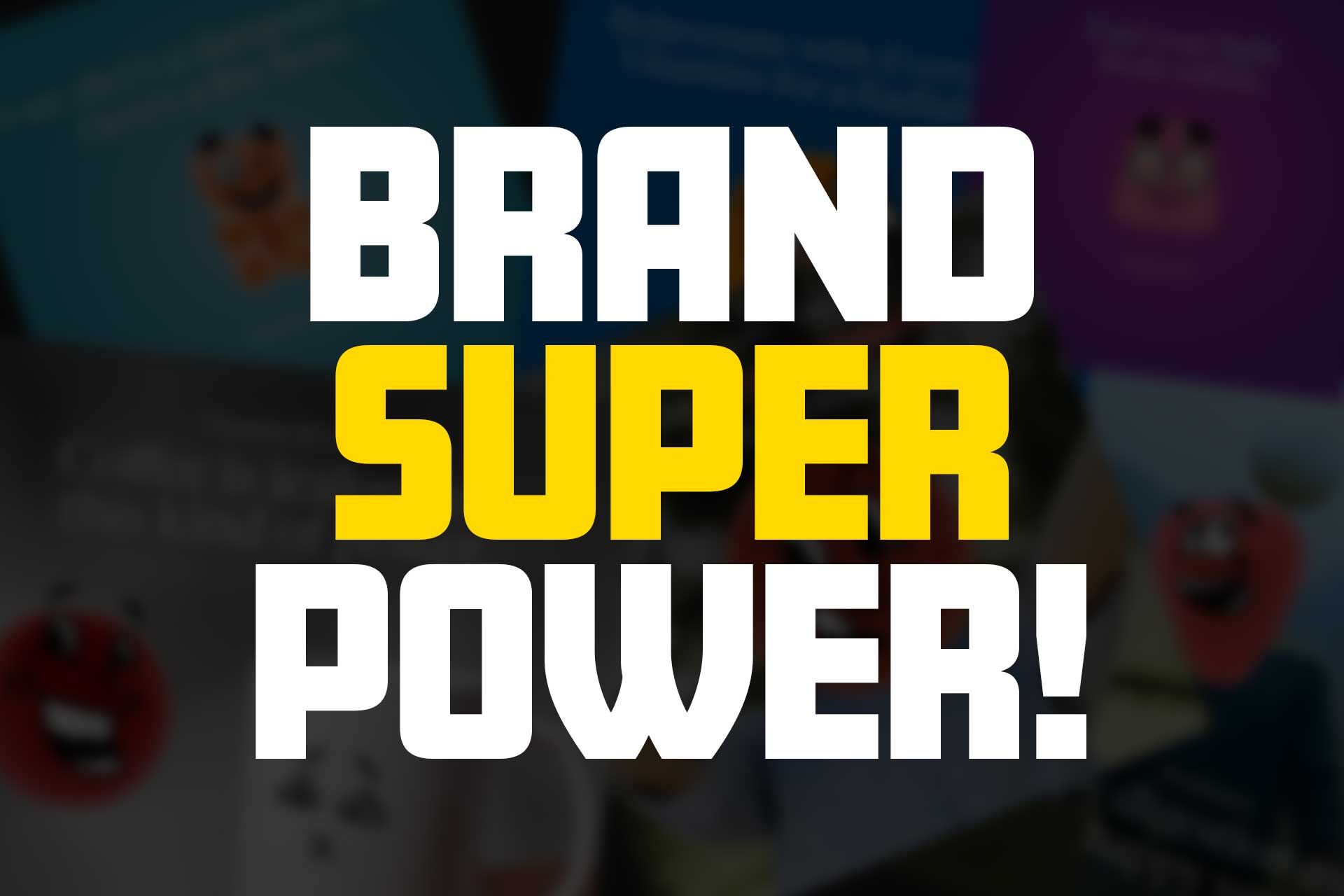Get in touch
555-555-5555
mymail@mailservice.com

What Makes Cherry Audio’s Chroma Revival a Marketing Masterpiece?

This is not a sponsored or affiliate post
PLEASE NOTE: The opinions expressed in this article are my own. I did not interview anyone at Cherry Audio for this article. This is my own observation based on my experience with the product.
As a self-proclaimed synth nerd, I've spent countless hours crafting music on recreations of vintage synths. There’s something magical about the warm, analog sounds of these classic instruments that made some of my favorite songs.
When I heard about
Cherry Audio’s release of the virtual Rhodes Chroma, I was both excited and intrigued. The Chroma, has an amazing origin story and was used by the great Herbie Hancock, Spandau Ballet and many more! I was happy when they asked me to contribute a song to showcase the Chroma's capabilities in their demo. If you are interested in hearing it:
A Legacy Reborn
Here is some quick background. The Rhodes Chroma, introduced in 1981, was the last synthesizer designed by ARP Instruments before the company's acquisition. ARP was renowned for its innovative and influential synthesizers, which shaped the sound of the 70s and 80s. Their instruments, like the ARP 2600, were staples in music production and you might even recognize it from one of my favorite 80's music videos - the Buggles' "Video Killed the Radio Star" where you can see a young Hans Zimmer playing an ARP Odyssey. The Chroma combined ARP’s analog warmth with digital control, making it a versatile and groundbreaking instrument. Artists like Herbie Hancock and Spandau Ballet were known to use the Chroma too. Despite a short production run, the Chroma's unique sound and capabilities are an important part of synth history, making it an ideal target for Cherry Audio's modern revival.
The Art of Storytelling in Marketing
For me, a big part of Cherry Audio’s success with the Rhodes Chroma revival is their masterful storytelling. They’ve woven a narrative that celebrates the Chroma’s rich history and blends it with a modern-day revival. It creates an emotional connection that goes beyond the product features and specifications. It made me care about preservation of the Chroma and at the same time made me want to explore new creative opportunities.
There is no way that I could afford to buy one of the few remaining physical versions but I was compelled to acquire the virtual synth as quickly as I could. Their mix of fantastic story telling, new capabilities, and an introductory price point did exactly what good marketing does, create a sense of urgency that led to action!
Harnessing Nostalgia in Marketing
Nostalgia is a powerful tool, and Cherry Audio knows how to use it. By spotlighting the iconic Rhodes Chroma, they’ve made us harken back to a different time when working with synths almost felt like engineering. They were producing sounds that no one had heard before. A time that even today is inspiring new musicians to try new things. Their marketing also shines a light on the Chroma’s historical significance and the meticulous craftsmanship involved in its revival. This approach strikes a chord (pun intended) with me because it makes me feel the quality and care in the synth. It's not a cheap knockoff. I mean it's software, but I can almost smell the stain on the wood panels.
But it’s not all about looking back. Cherry Audio has skillfully blended tradition with innovation. The virtual Chroma isn’t just a digital clone; it’s an enhanced version with modern features and expanded capabilities. This balance means it appeals to both synth purists and today's musicians looking for modern workflows.
Cherry Audio didn’t go it alone. The launch of their virtual Chroma included collaborative efforts, such as the creation of "The Story of Chroma" mini-documentary, produced by Daniel Liston Keller of Get it in Writing. This documentary plays a crucial role in Cherry Audio's storytelling approach, providing historical context and personal anecdotes that enrich the narrative and deepen the emotional connection with the audience. This collaboration also influenced the development team to ensure the Chroma stayed true to the original, with the extra care evident in the exacting recreation.
Chroma’s die-hard fans have kept its legacy alive over the years, and Cherry Audio wisely engaged with this community. By involving experts and enthusiasts in the process, they’ve created a sense of shared passion and commitment. Plus, their commitment to donating a portion of profits to the ARP Foundation shows they’re about more than just making a buck—they’re giving back to the community.
Today's synth/music production market is flooded with retro virtual recreations. I own nearly every major library out there. From Native Instruments, Roland, Arturia, and a bunch more. However, Cherry Audio stands out not just for the Chroma but for how they approach the synths they decide to release and how they show such care in their creations. Cherry Audio’s meticulous attention to detail, historical accuracy, and the compelling narrative surrounding their libraries, including the Chroma’s revival give it a unique approach that resonates with me.
Key Lessons for Marketers
Cherry Audio's approach offers several key lessons for marketers:
- Master Storytelling: Use compelling narratives to create emotional bonds with consumers. Storytelling makes your product memorable and gives it a unique identity.
- Leverage Nostalgia: Tap into the emotional connection people have with legacy brands. Nostalgia can be a powerful tool to attract and retain customers.
- Innovate Thoughtfully: Blend tradition with modern enhancements to broaden appeal. Innovation should respect the original essence while adding value.
- Engage the Community: Build a loyal user base through engagement and involvement. Community-driven content, feedback, and participation can significantly boost brand loyalty.
- Authentic Partnerships: Collaborate with genuine advocates to enhance credibility and reach. Partnerships with trusted figures and organizations can build trust and expand your audience.
- Differentiate with a Backstory: A compelling backstory can set your product apart in a crowded market. It adds depth and context, making your product more than just a commodity.
Cherry Audio’s virtual synth releases aren't just a product launches; it’s a masterclass in reviving and marketing a legacy. By blending nostalgia with innovation and leveraging storytelling, community engagement, and authentic partnerships, Cherry Audio has set a high bar for product launches in the music tech world.
Share:




Overseeing Marketing Vision And Strategy
Experience in leading marketing at companies like Rightpoint, Hoodoo Digital, and Western Digital Corporation demonstrates my ability to oversee and drive a comprehensive marketing vision and strategy.
Let's Connect!
Contact Us
We will get back to you as soon as possible.
Please try again later.
All Rights Reserved | Thomas Dickens
Privacy & Terms
